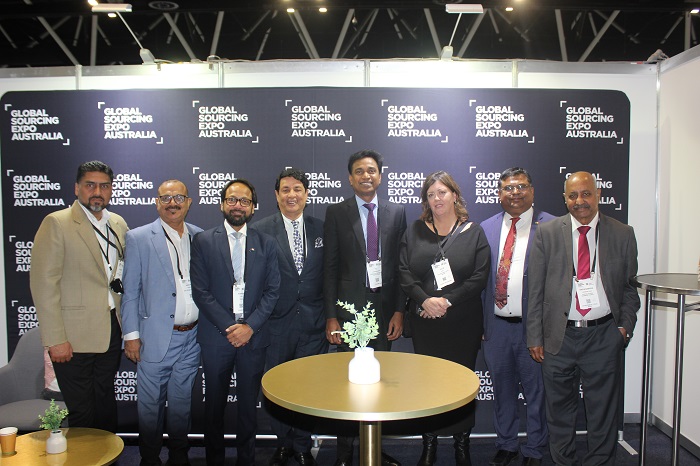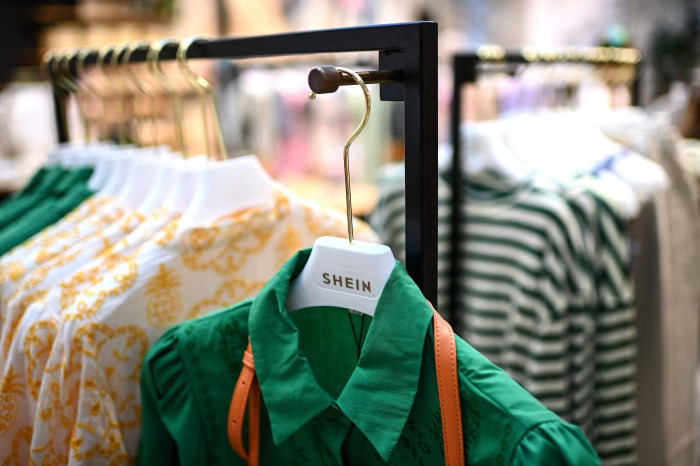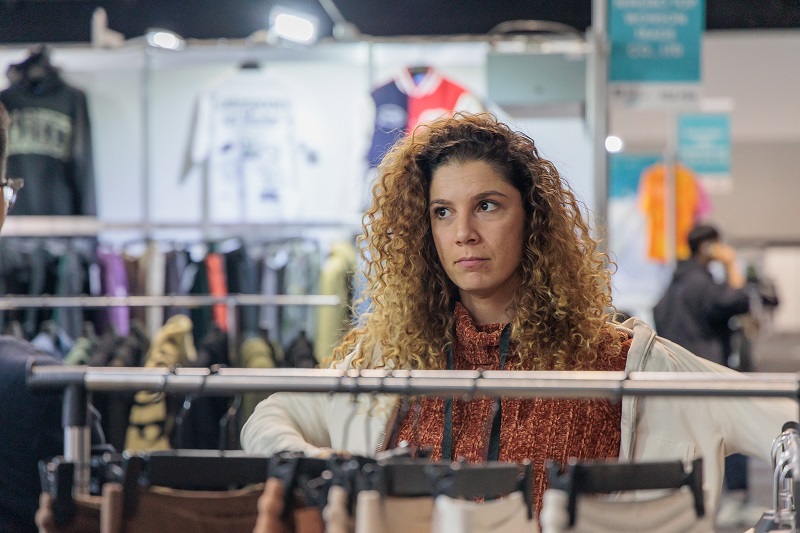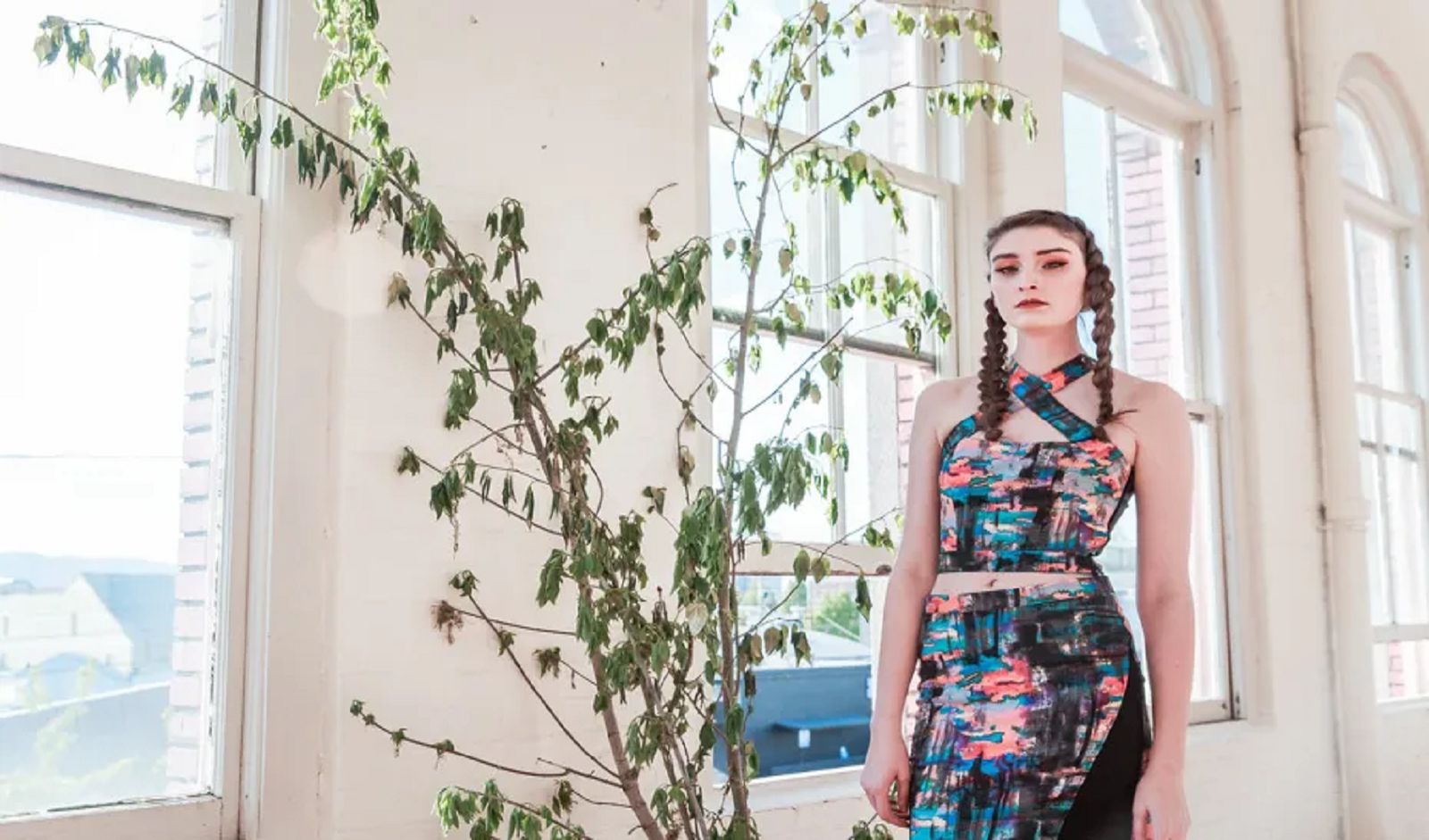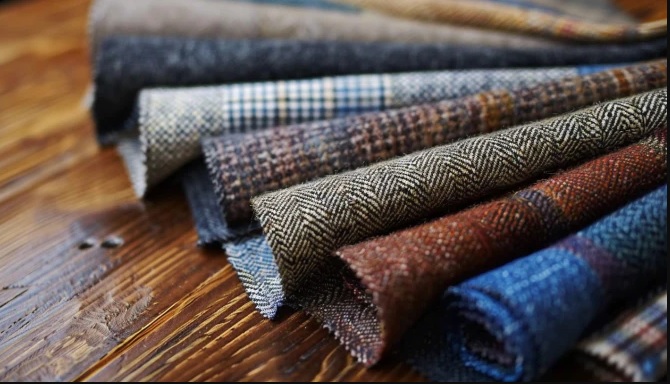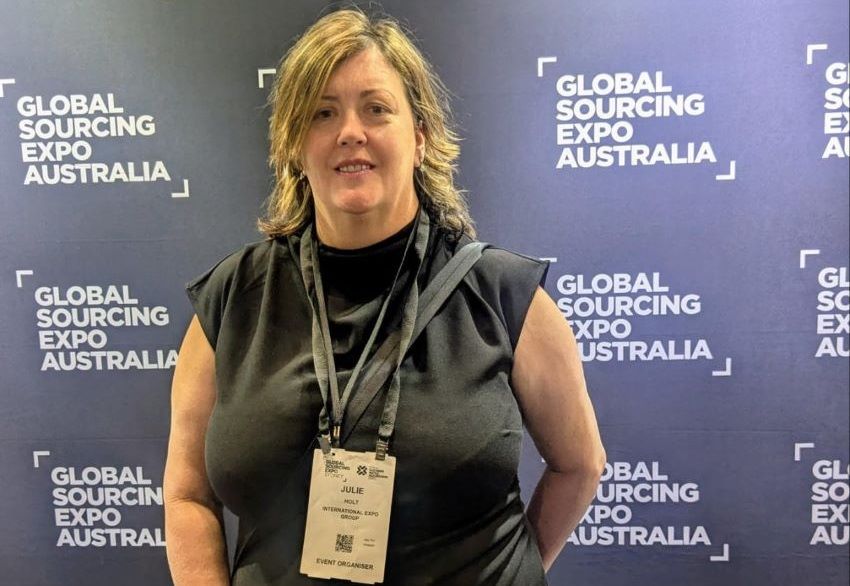FW
Chittagong port handled about 2.56 million twenty-foot equivalent units of import, export and empty containers last year, up 9.36 percent from a year ago, despite prolonged congestion.
According to Chittagong Port Authority (CPA) data, 2017's container handling growth rate was the lowest in the last five years. Port users blamed prolonged vessel and container congestion throughout the year for this poor show. As per them the shortage of jetty, yard and equipment facilities at the port pushed the growth rate down.
CPA data showed the country's premier maritime port posted nearly 16 percent and 17 percent growth in container handling in 2016 and 2015 respectively. Container handling grew 9.6 percent in 2013.
Mahbubul Alam, chairman of the Port Users' Forum, held the lack of efficiency and poor capacity of the port for the slow growth. He stated that the port urgently needs new terminals with modern jetties and equipment to increase its efficiency and capacity.
Nasir Uddin Chowdhury, chairman of the standing committee on port and shipping of the Bangladesh Garment Manufacturers and Exporters Association, also echoed Alam.
The drawn-out congestion last year put the record number of container vessels waiting at the outer anchorage, he added. On an average, 15 to 20 vessels had to wait for 12 to 15 days at the outer anchorage before getting berth at the port jetties.
However, he confirmed that the decision to keep the port, customs and other related services open for 24 hours following the prime minister's instruction in July improved the situation a lot in the second half of the year.
The 4th edition of Morocco Style will see more than 400 international exhibitors display their creations in various segments. The four-day exhibition is a platform for national and international companies of different sectors to show and promote their skills, meet partners and collaborate with brands from several countries. The Morocco international fashion, textile and accessories fair is scheduled from March 28-31 in Casablanca.
The gateway of Africa', Morocco, which has free trade agreements with the European Union and United States, provides great advantage to textile exporters. Morocco Style is the best platform to enter into this market and participants will be able to take a advantage of all these opportunities with buyer delegations and professional visitors from more than 18 countries mainly neighboring countries such as, Tunisia, Algeria, Portugal, Spain.
The 3rd Morocco Style hosted 312 exhibitors from 11 countries such as, Morocco, Turkey, Spain, France, Portugal, France, China, India, Italy, Pakistan, Tunisia along with 1, 2443 professional visitors from Morocco. Some 37 foreign countries from West and South Africa, North Africa, Middle East and Gulf countries were also represented joining European countries such as Italy, Germany, Spain, Portugal, France, Belgium, Greece, Netherlands, England and America.
While drawing attention of Miftah Ismail, Advisor to the Prime Minister on Finance, Revenue and Economic Affairs, Pakistan Yarn Merchants Association (PYMA), has again demanded removal of regulatory duty imposed on import of yarn. Central chairman PYMA , Khurshid A Shaikh, Zonal Chairman Muhammad Aslam Moten and zonal vice-chairman Muhammad Khalid Gader have expressed their pleasure and satisfaction over appointment of Miftah Ismail as the new Advisor for Finance. Therefore, with a background of remarkable achievement, he must implement his decisions for enhancement of commercial and industrial activities.
PYMA office-bearers, while expressing their deep concern over hurdles in imports of yarn and continuous increase in production cost in the textile industry, stated that by removing regulatory duty, the government may play a vital role in supply of cheap raw material to textile industry. PYMA office bearers have requested Ismail to bring all stakeholders on board for improvement of economical and financial policies in order to prepare effective policies for removal of issues and problems faced by related industry. They stressed upon government that by broadening tax net and reduction in corruption, economical stability and business enhancement may be achieved and national economy will be saved from collapse.
Marks & Spencer has sold its retail business in Hong Kong and Macau to its franchise partner Al-Futtaim as it retreats from international markets to focus on its core business in Britain. Al-Futtaim, which already operates 72 M&S stores across 11 markets in Asia and the Middle East, purchased 27 shops in the deal, which completed on December 30.
The move follows a strategic review by M&S in November 2016, in which the company laid out plans to shut more than 80 stores at home and abroad as well as to seek joint ventures and franchise partnerships.
Indonesia's textile exports rose around five per cent on a year-on-year (y/y) basis in 2017. This is a great performance because the country's textile exports had been rather stagnant in the 2012-16 period and global textile demand declined this year, says Ade Sudrajat, Chairman of API.
Another important factor is, generally, Indonesia's competitiveness has improved in the textile industry, hence it can offer its textile products at more attractive prices globally. Several years ago various textile factories were moved from West Java and Banten to Central Java because minimum wages rose too steeply in West Java and Banten. Central Java, on the other hand, still offers a relatively cheap production environment.
Meanwhile, the stable economy of Indonesia has attracted more investment in Indonesia's textile sector. According to data from Indonesia's Investment Coordinating Board (BKPM), a total of IDR 10.24 trillion (approx. USD $759 million) was invested in Indonesia's textile industry in the January-September 2017 period, much higher than the IDR 7.54 trillion that was invested in the same period one year earlier.
The world's top economy remains the biggest market for Indonesian textiles. About 36 per cent of Indonesian textile shipments go to the US. A concern for Indonesia's textile industry is that competition from Vietnam is rising. Problematically, and unlike Vietnam, Indonesia does not have a free trade agreement with the European Union. Therefore, Indonesian textile exports to Europe are subject to import duties in the range of 5-20 per cent, while Vietnam can export its textile products to this region without import duties.
Sudrajat urges the government to focus on bilateral talks with the EU in order to improve the competitiveness of Indonesian textile products further. Indonesian Industry Minister Airlangga Hartarto says the government is currently trying to arrange zero import duties for textile shipments to the US and Australia, while it is also studying the plan to seek a free trade agreement with the EU.
Sports lifestyle label Fred Perry saw sales dipping 2 per cent in the year to March 31. The British brand saw sales worth £110.8 million, down from £113 million year earlier. The 65-year-old label has been owned by Japan’s Hit Union since 1995 and the owners paid themselves an increased dividend, rising to £11.3 million from £7.8 million. That higher payout was the result of an increase in profits as the company cut costs and saw generally lower expenses.
The company also increased the cash on its books to £13.6 million from £5.2 million, an important fact as weak cash flow can be a problem for otherwise-buoyant businesses. And as of March 31, the company had total net assets of almost £90 million and no debt.
Fred Perry, which was founded in 1952 by the former Wimbledon tennis champion, says sales in the UK and Europe were flat during the 12-month period it planned to continue focusing on building the Fred Perry brand by improving the “quality and depth” of its product offer across men’s, women’s, footwear, accessories and kidswear.
The company is continuing its pop culture associations with other celebrity hook-ups. It has been heavily associated with the music scene and youth culture since the 1960s and is continuing this tradition with its newest collaboration, launched late last year, being with musician Miles Kane.
Exports of home textiles from Egypt increased 4.8 per cent year-on-year in January-November 2017. Exports during the 11-month period were valued at $664 million, as against $443 million registered in the same period last year, according to the Egyptian Home Textiles Export Council (HTEC), under the ministry of foreign trade and industry.
Around 40 companies, under the aegis of HTEC, are going to participate in the Heimtextil International Trade Fair for home textiles, to be held in Frankfurt, Germany from January 9-12, 2018. Some Egyptian companies are also going to participate in the Carpet Domotex International exhibition, scheduled for January 13-17, 2018, in another German town of Hanover.
Meanwhile, exports by Egypt’s Textile Export Council increased by 3 per cent between January and October this year, standing at $673 million compared to $651 million during the same period a year before, according to official statistics.
Data from the fibre consultancy PCI Wood Mackenzie records that International synthetic fibre prices increased by almost 13 per cent in 2017, more than triple 2016’s increase and the biggest annual rise since 2009.
The organisation’s Synthetic Fibres Index, which has risen in every month this year, was helped by increased International demand for apparel and textiles and higher oil and intermediates costs. Crude oil prices rose about 20 per cent to $65 per barrel in 2017, which together with strong demand for man-made fibres, have permitted producers of polyester and nylon intermediates and fibres to increase their prices. Energy experts forecast that oil prices will drop in early 2018.
Polyester filament remains the dominant man-made fibre product internationally. In China, where most of the world’s polyester filament production capacity is based, expansion this year didn’t manage to keep up with growing demand for the fibre, however suppliers will be unlikely to reduce prices if demand increases.
Staple fibre producers are running at or near capacity, with prices rising. Yarn spinners are moving to value-added products like hollow fibre and other products to blend with natural fibres. Higher prices are expected through 2018 when China’s ban on imports of plastic waste takes effect and reduces supply of recycled staple.
The spandex business is stable thanks to strong demand for apparel that contains stretch. Invista agreed to sell its spandex and nylon textile filament businesses, including brands Lycra, Coolmax, Supplex, Thermolite and Tactel, to Shangdong Ruyi, a leading textile and apparel company.
Acrylic staple prices were down for most of the year, but finally picked up a bit due to seasonal demand and higher polyester staple prices. Prices for its intermediate acrylonitrile, which were rising in the first part of the year, fell this fall.
Asian synthetic fibre prices remain over 20 per cent below the world average, down from 19 per cent a year ago. Turkey is in the process of almost doubling its polyester filament production capacity in the next two years, and has initiated anti-dumping measures, mainly against Asian imports. During the year, the gap between prices in the most expensive region, the U.S., and the least expensive, Asia, marginally narrowed, a trend that is expected to continue as the industry becomes increasingly international.
Sri Lanka's exports rose by 14.1 per cent from a year earlier to 976 million US dollars in October 2017, this was due to increased demand from the US and higher prices for agricultural products. Apparel exports to the US increased by 14.7 per cent while exports to the EU was up 8.0 per cent, with the help of GSP+ facility, the Central Bank disclosed. The US economy had been recovering and the Federal Reserve is already raising rates.
In the first 10 months of the year, exports were up 8.8 per cent to 9,399.7 million US dollars. Imports grew only 0.2 per cent to 1,727.2 million US dollars in October as against a year earlier with foreign reserve collections and slowing credit depressed economic activity. Up to October imports were up 8.7 per cent to 16.99 billion US dollars and the trade gap was up 2.7 per cent to 2,924 million US dollars.
Sri Lanka is now recovering from a balance of payments crisis generated in 2015 with large deficit budget which was accommodated by the Central Bank with money printing. When credit slows and foreign reserves are collected imports, and economic activity can slow or contract, though returning capital can help lessen the pain. The Central Bank disclosed that Sri Lanka's gross official reserves had risen to 7.5 billion US dollars by October 2017, with a 2.0 billion surplus in the balance of payments.
The Ministry of Economy’s Government policy’s — which makes relaxation of import of special raw materials for business players and small and medium enterprises (SME) — main aim is for the development of SMEs business.
Brand Manager, Danjyo Hiyoji, Erwin Arifin sees the Government's efforts as correct. The creative industry, especially fashion, is currently facing difficulty in getting varied raw materials to compete in the market.
As a shirt manufacturing businessman, the company cooperates or collaborates from upstream to downstream. Namely, the cooperation between the factory of textile materials and designers through to final production. "This cooperation is very helpful to keep working and maintain the existence of each party involved in the cooperation," Erwin was reported to have said recently. If coupled with the efforts of the Government to facilitate the acquisition of imported materials, then this will increase the capital and strength for this industry to be able to improve the competitiveness, especially with the brand or outside products that currently enter Indonesia, Erwin added and went on to say, even up to 100 per cent encourage the growth of this industry. This is because the raw materials that become special needs or demand from the textile industry, especially for the T-shirt industry, can be obtained so that they can produce optimally in the manufacture of textile products or T-shirts.
"So it can increase the selling value and the buyer's interest will be greater," he noted. Seeing the Government’s initiative, the Management of Danjyo Hiyoji is hopeful to gain business growth up to 100 per cent. Meanwhile, the company's business growth this year also recorded growth when compared to last year.


